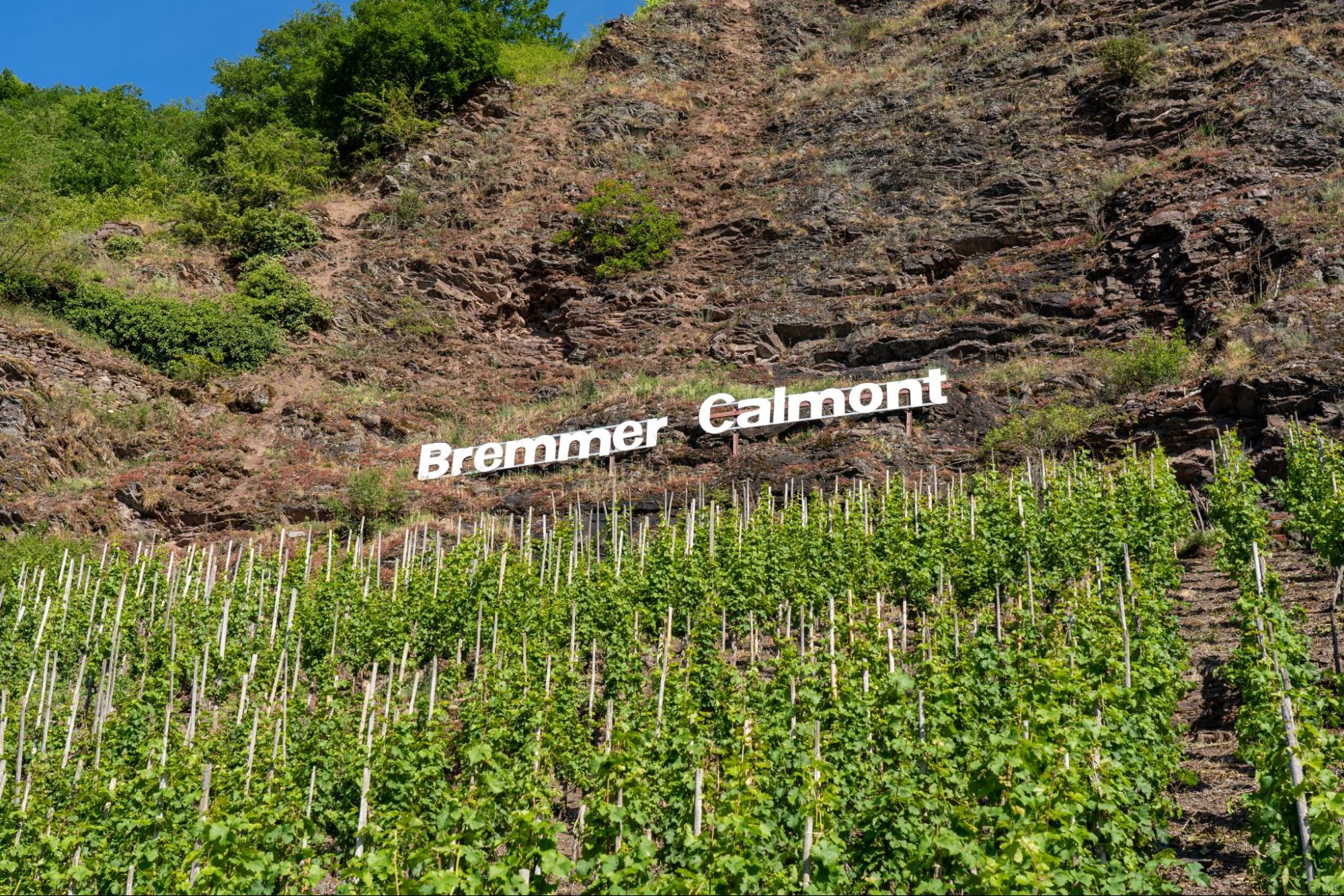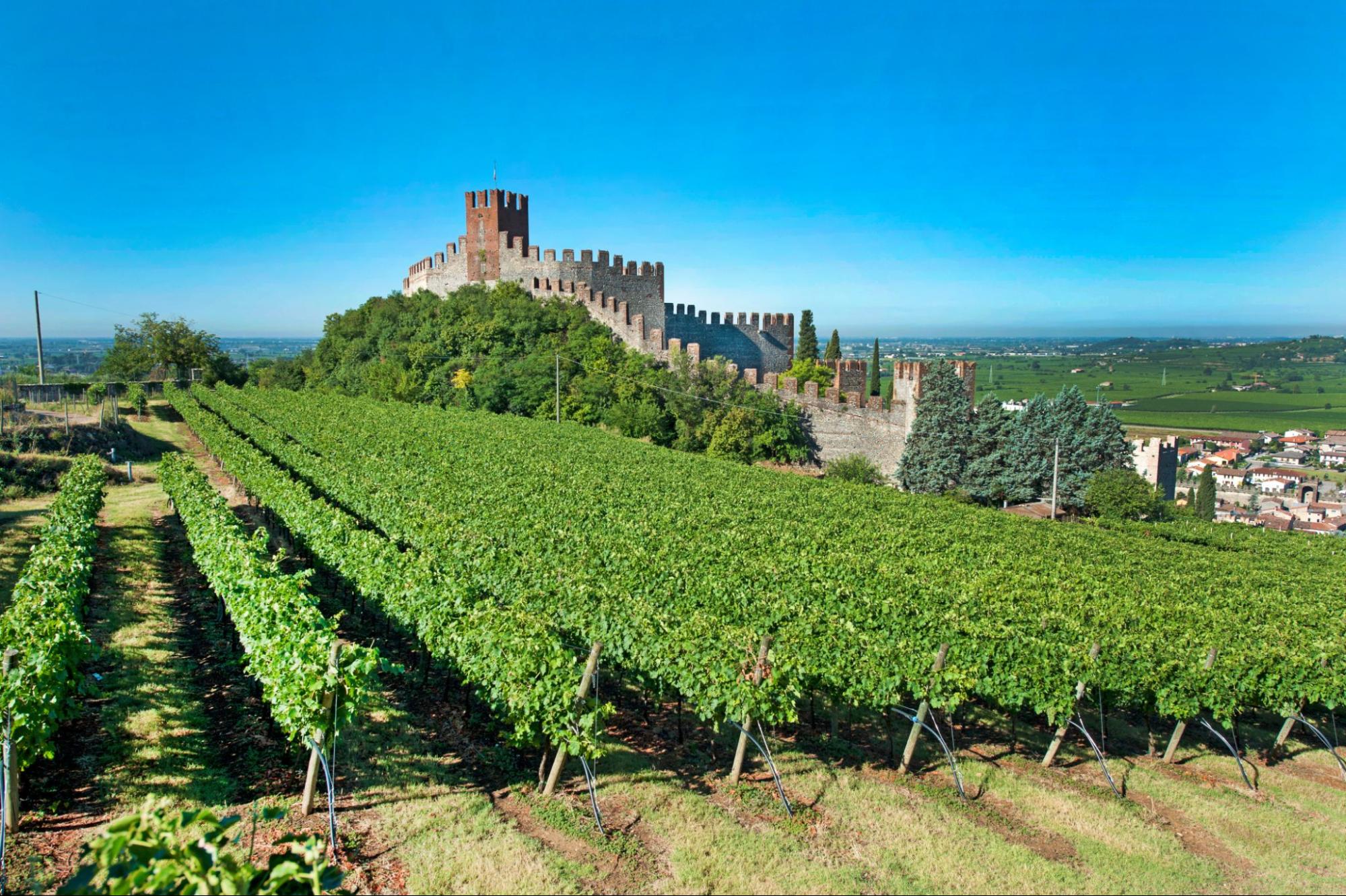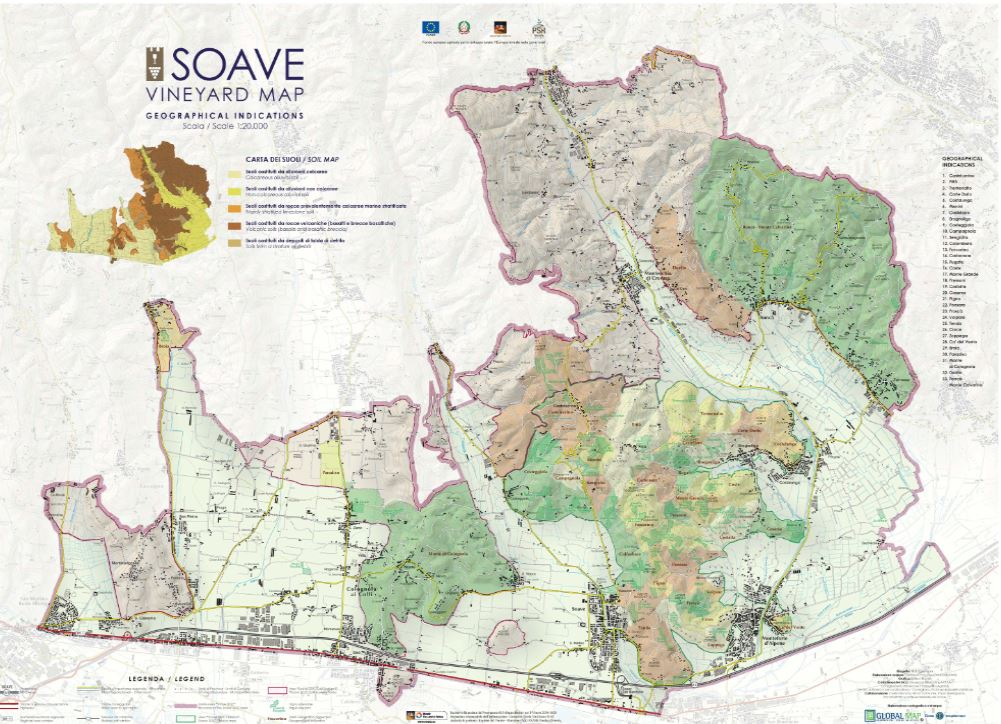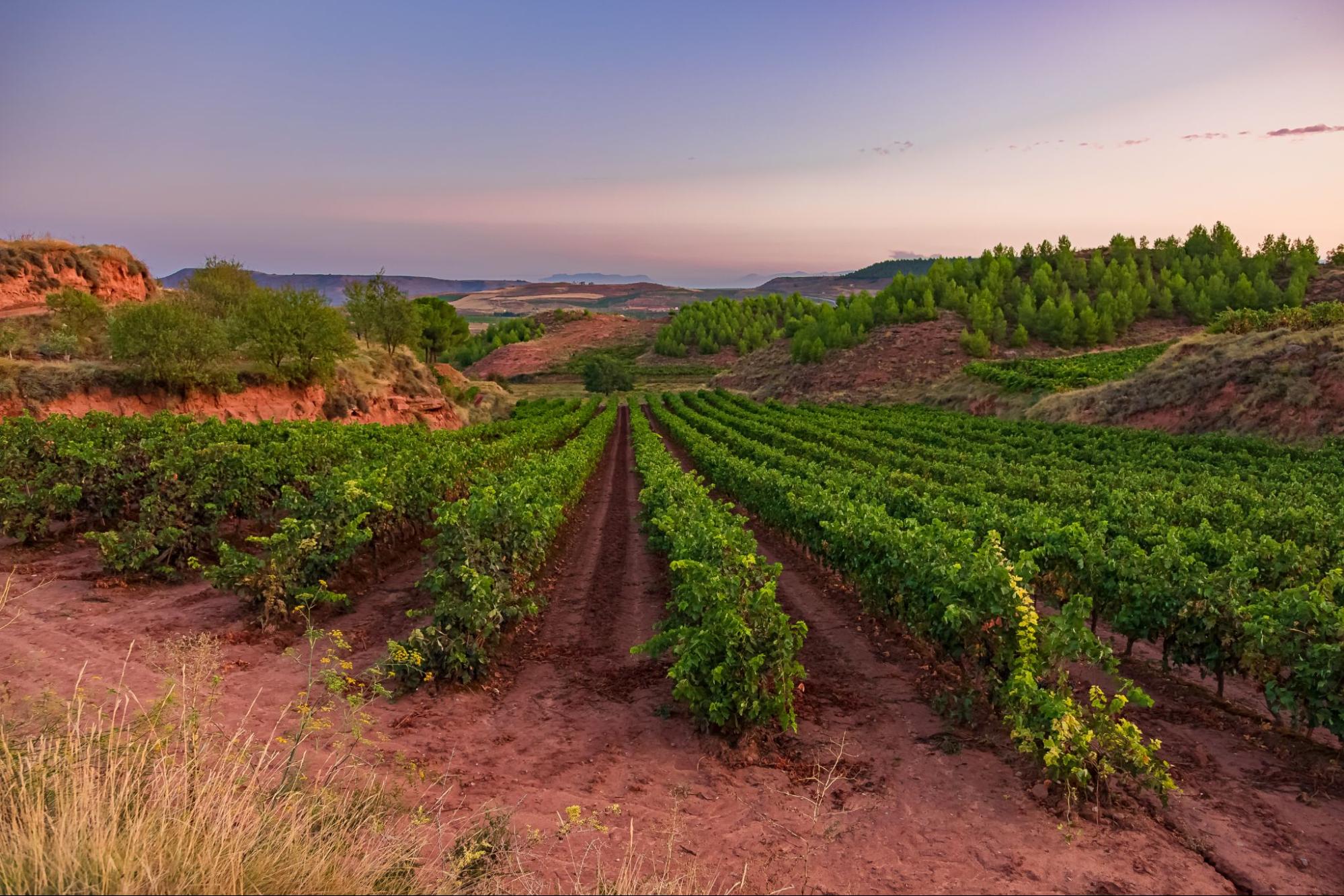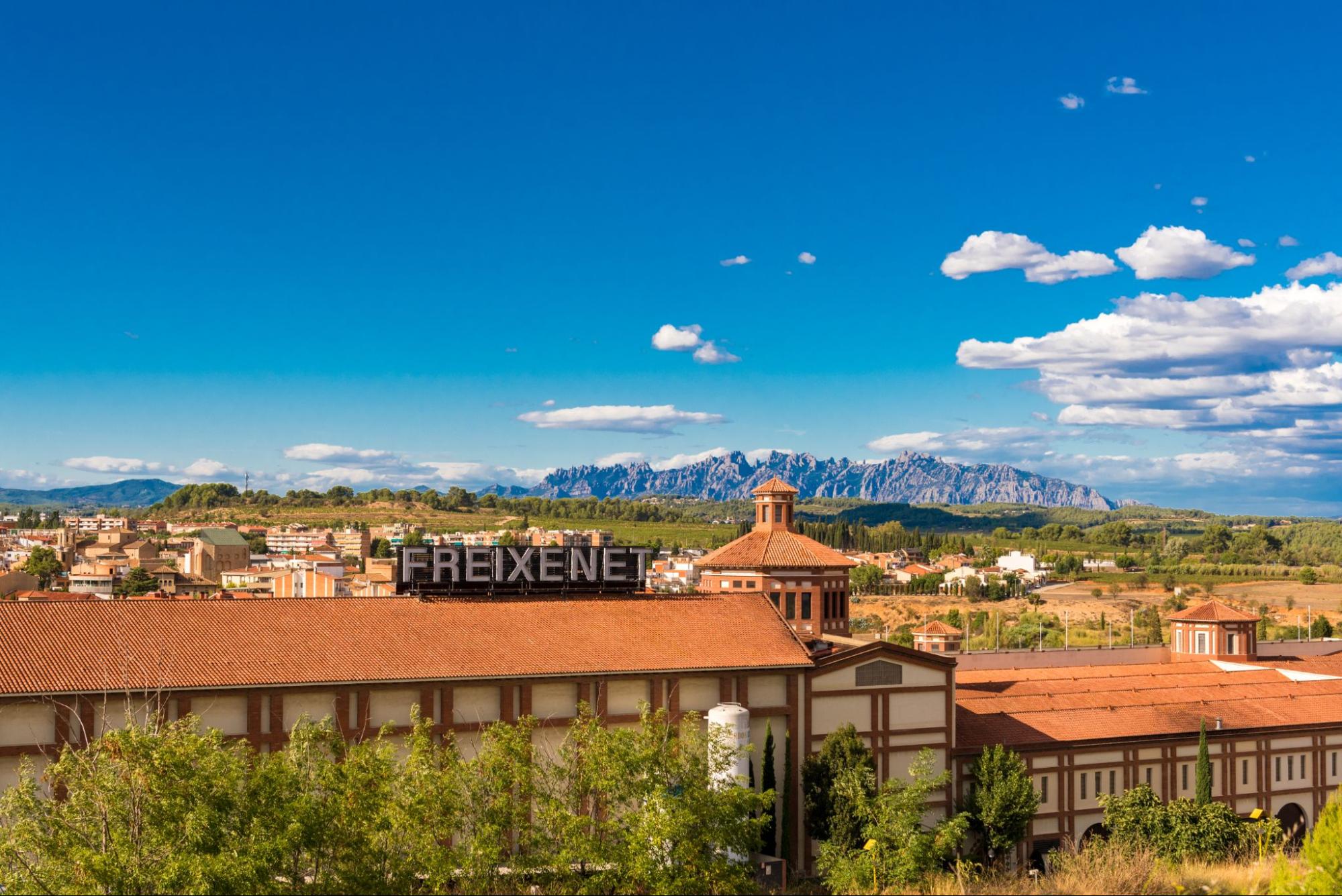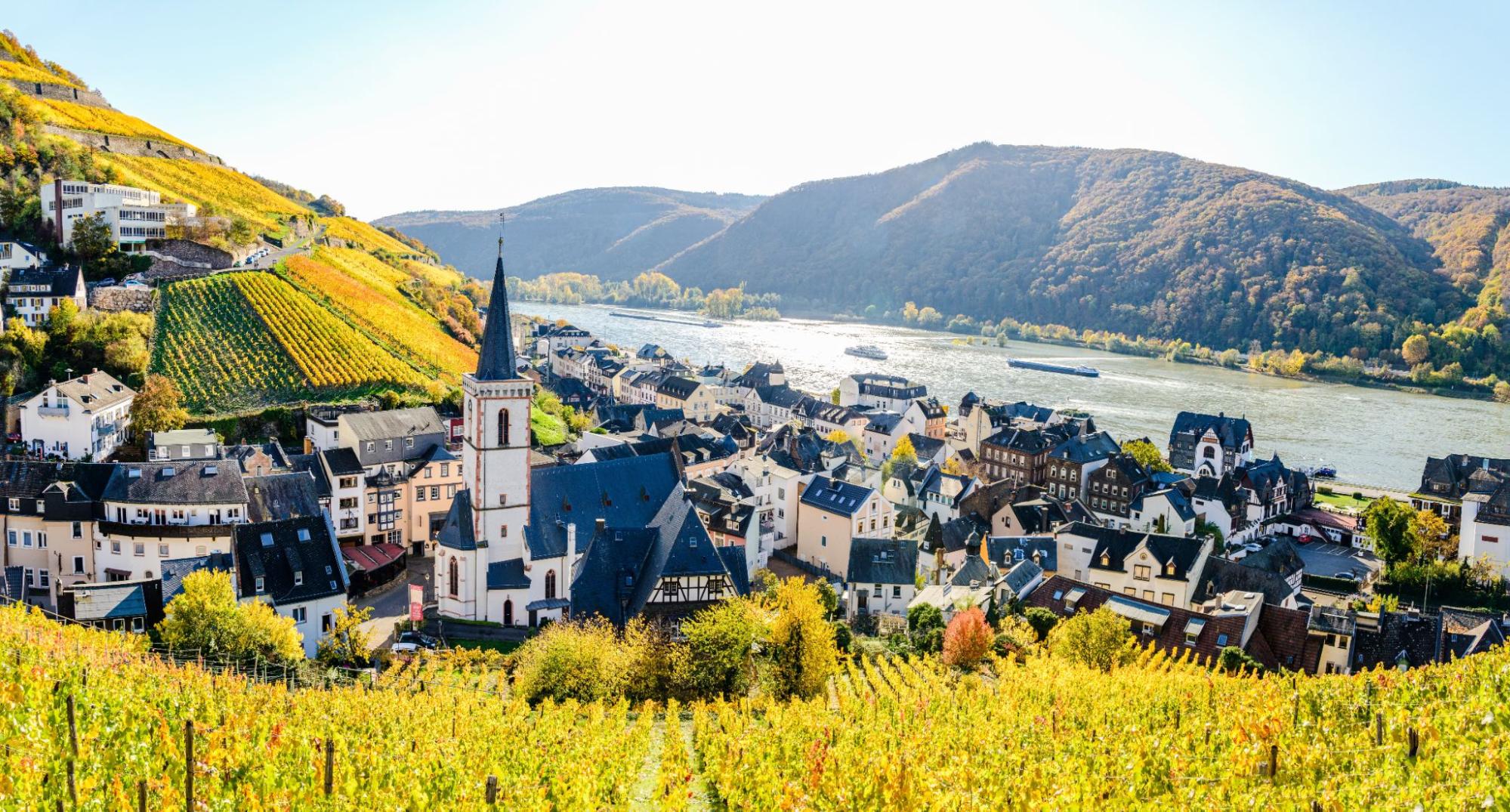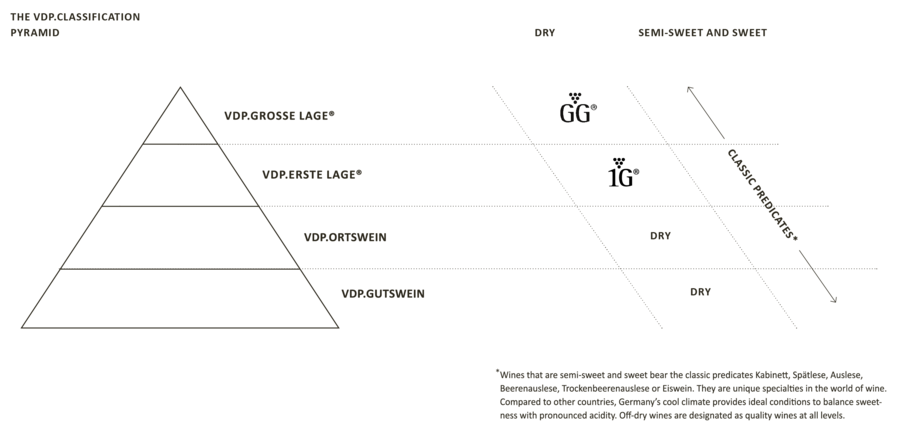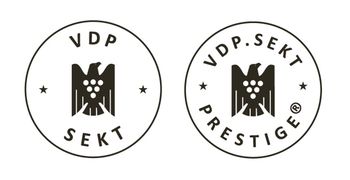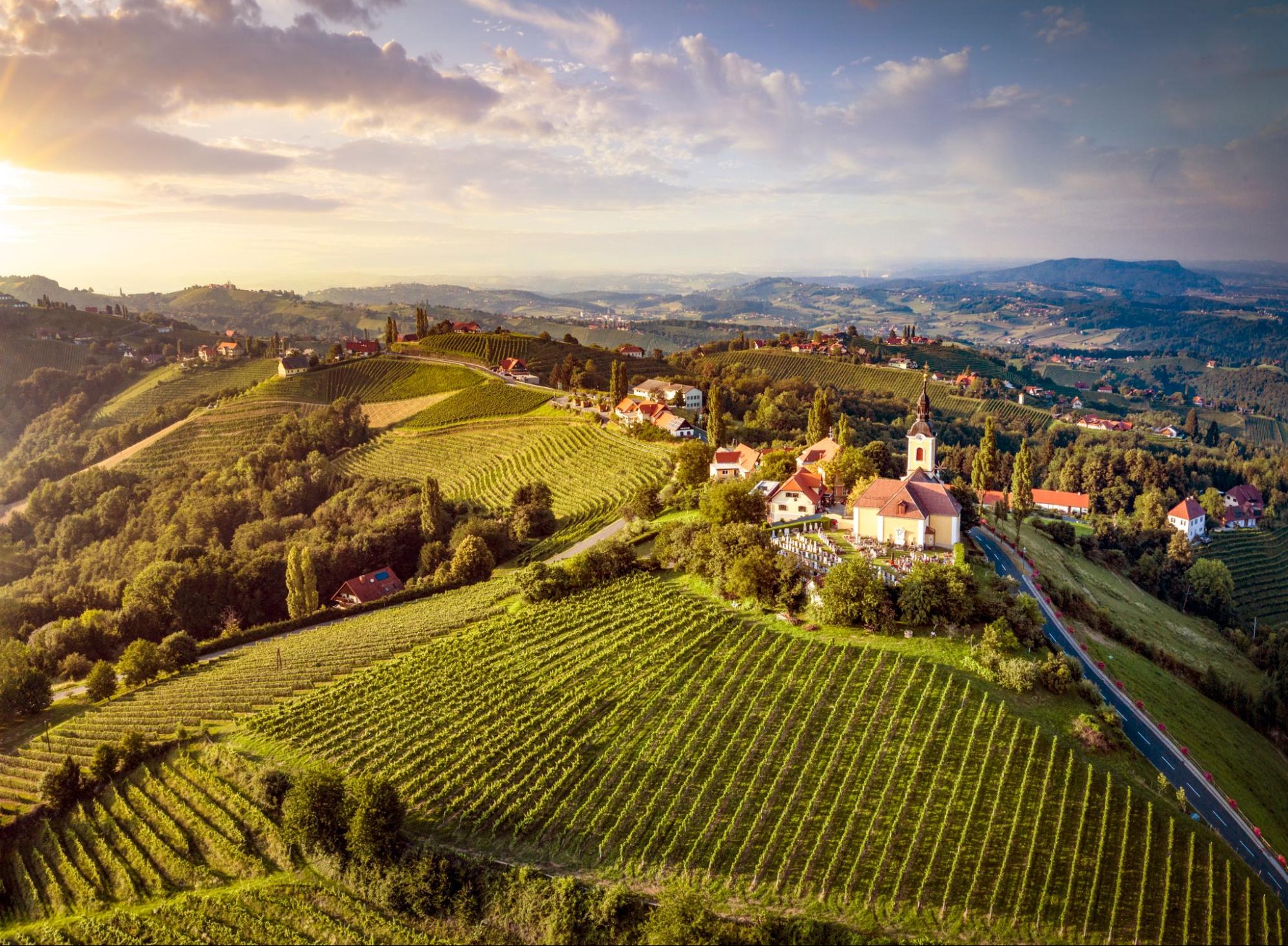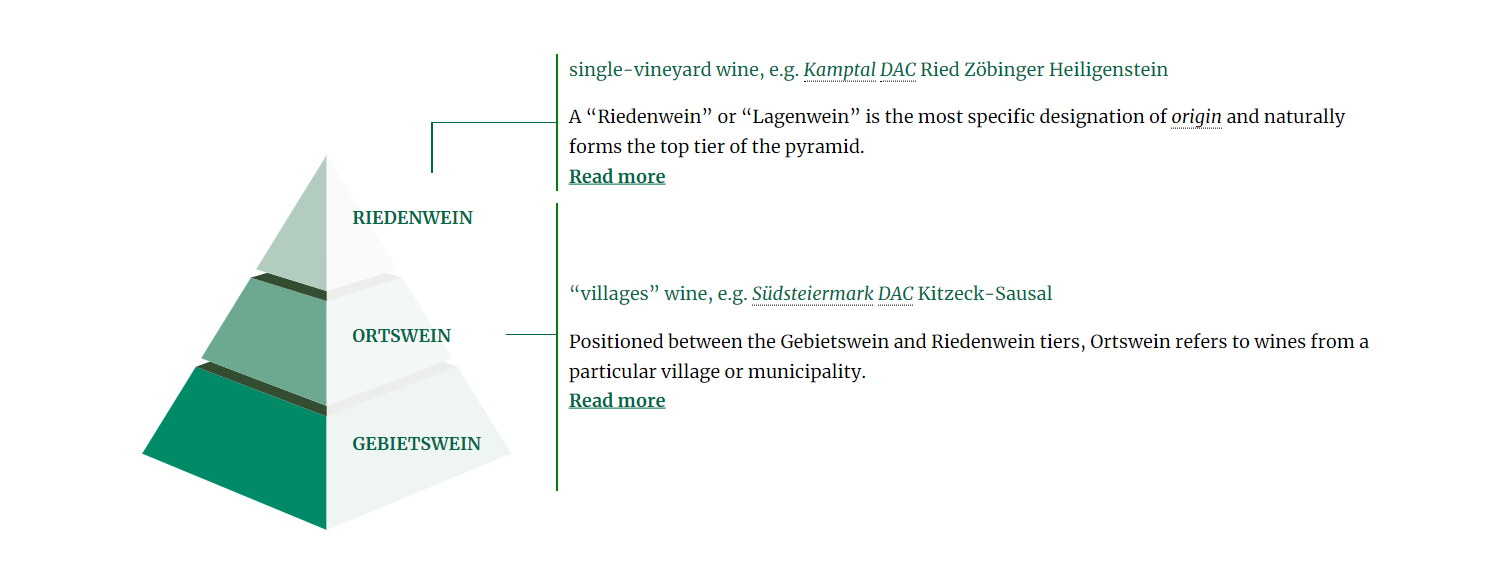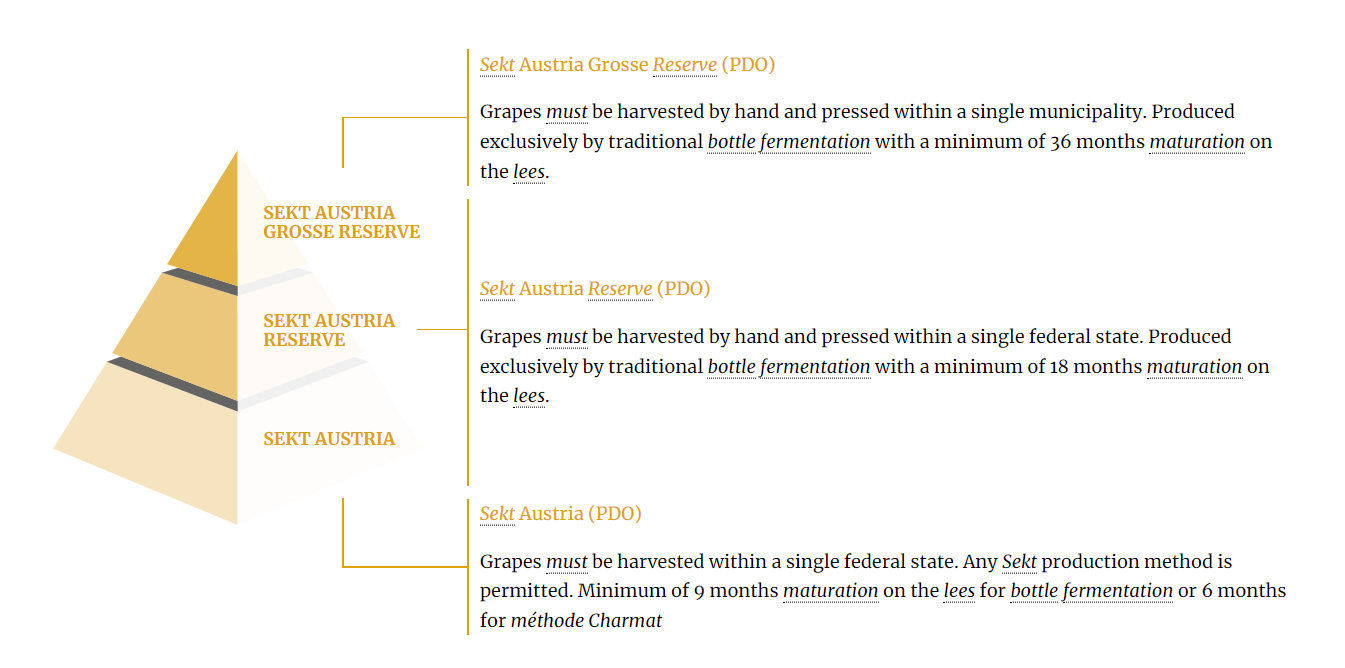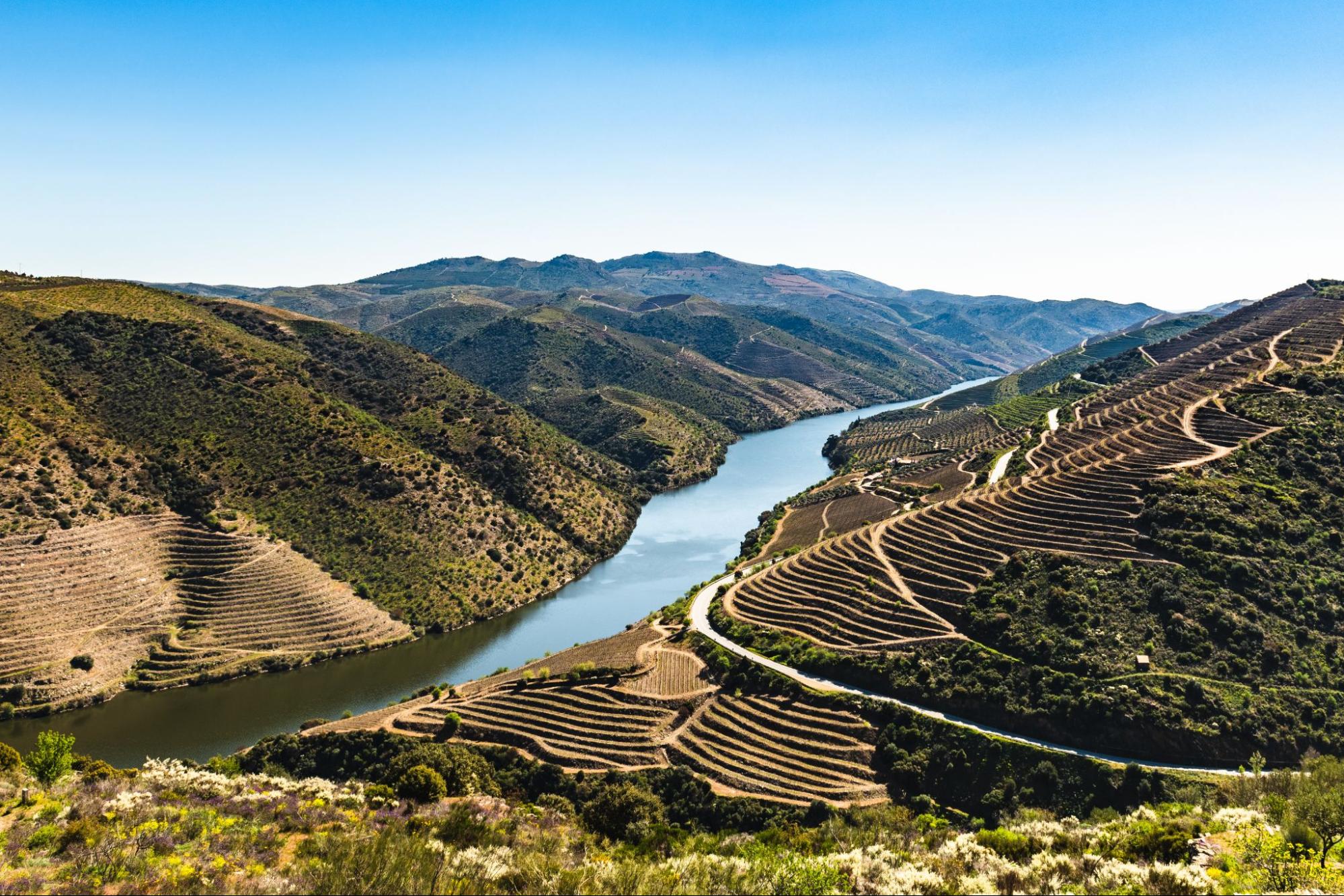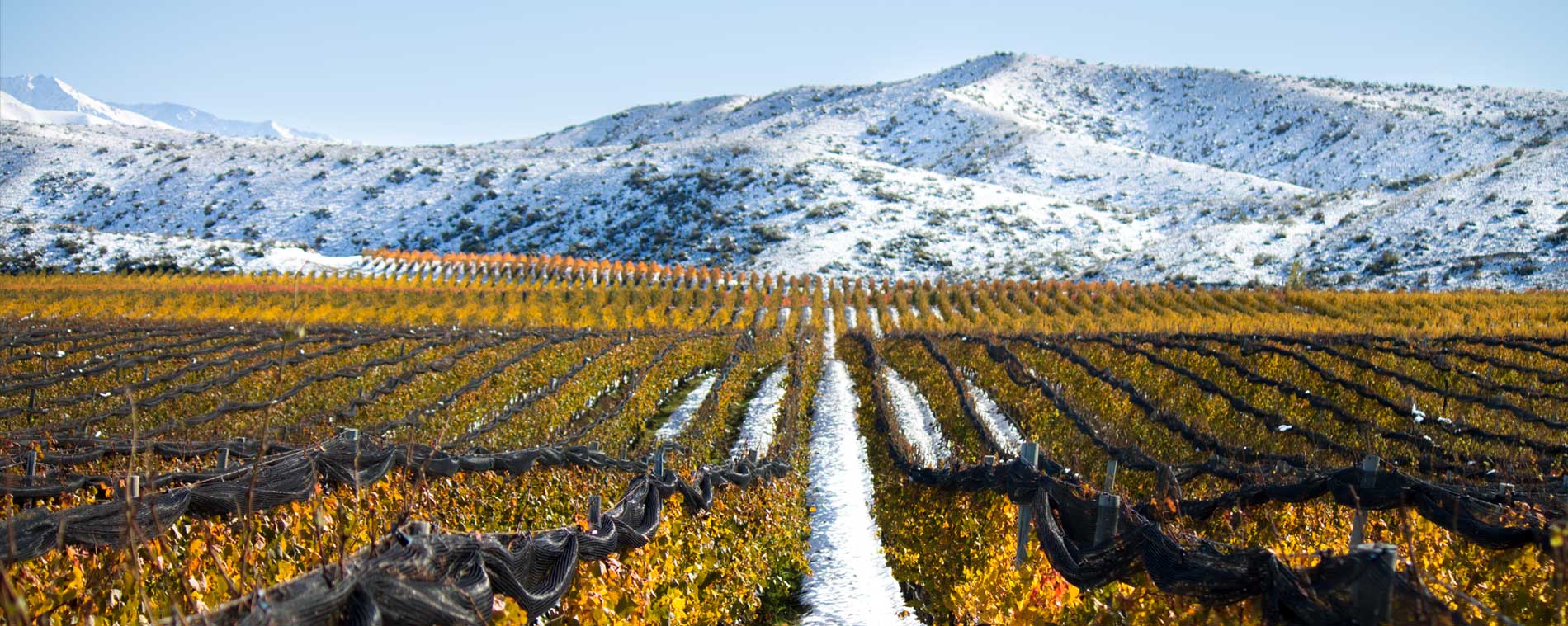- Wine Color/Type
- Top Occasions
- Unique Wines
- Surprise Me!
The Single Vineyards You've Likely Never Heard Of
When we think of single vineyards, our minds often go straight to Burgundy. Here, the prestigious Grand and Premier Crus have established themselves over centuries. These wines, crafted by monks and savored by the Dukes and Duchesses of Burgundy, have been exported throughout what is today France and beyond. The region's renowned Pinot Noir and Chardonnay grapes have undoubtedly set the standard, producing some of the world's finest wines.
Bremmer Calmont is renowned as the steepest vineyard in the world, with a remarkable gradient of 68°. (Photo: modernmovie/stock.adobe.com)
In today's society, we have a deeper understanding of the terroir influences of geology, climate, and geography. This knowledge enables us to produce exceptional wines from the best locally available grapes. This new understanding, pioneered by the history of Burgundy, has reshaped how we think about wine and led to the Roman Classification System.
The Roman Classification System equates a vineyard's specific heritage with its quality level. It implies that wines produced from a previously certified plot are of higher quality than those from a non-classified vineyard. However, this single vineyard approach has faced criticism, being perceived as politically incorrect or driven, as suggested by the success of non-vineyard-specific wines like Dom Perignon and Penfolds Grange.
Despite these critiques, wines from these locations can be undoubtedly of outstanding quality. In this episode, we will explore lesser-known single vineyard sites outside of France, many of which you might not have even heard of. When you participate in a single vineyard tasting, you'll have the opportunity to surprise your fellow tasters by pouring a real underdog.
High-End Volcanic Wines
In Veneto, the northeastern part of Italy, the neutral wine, primarily based on Garganega with some Trebbiano, has been pioneering the single vineyard category for some time. Although Soave and Soave Classico is mostly recognized for its cheap, mass-produced wines, the region has reinvented itself. While the single-vineyard wines remain unknown to many, they offer excellent value. In 2019, the Crus, these additional unique heritage sites, were officially recognized, marking a significant step in justifying their DOCG status.
Some vines are planted close to the Soave Castle. The iconic symbol of Soave Classico. (Photo: bussiclick/stock.adobe.com)
These vineyards are situated on volcanic soils at higher elevations and are home to old vine plantings under the traditional pergola veronese system. This special trellis requires pickers to harvest grapes from above their heads, improving air circulation and reducing fungal diseases, which enhances grape quality and vine health. However, the method is labor-intensive and cannot be mechanized.
The single vineyards of Soave (Credit: Soave Consorzio Tutella)
One of the standout single vineyards is Carbonare, a name easy to remember for its resemblance to Spaghetti Carbonara. Its old vineyards are situated at an altitude of 550 meters and are nearly untouched by machinery. Its name, meaning “coal,” reflects the dark terroir of the vineyard.
Leading producers like Inama, Suavia, and a few others produce these wines in limited volumes, and they are rarely exported. If you happen to find them in a store, they are definitely worth trying!
From Large Blend to Regional Superpower
Spain's premier wine region, Rioja, is celebrating its centennial jubilee. Traditionally, top Rioja wines have been blends of Tempranillo and Garnacha from various sub-regions, including Alta, Alavesa, and Oriental (formerly Baja).
Rioja has a true potential of producing outstanding single vineyard wines. (Photo: Max Maximov/stock.adobe.com)
However, this landscape began to shift in 2017. The Consejo Regulador, the governing body of the region, announced new site-specific categories. These include vino de zona (representing the sub-regions mentioned above), the village-based vino de pueblo/municipal (encompassing 145 recognized villages, equivalent to a regional level), and most notably, the single-vineyard classification, viñedo singular.
For a wine to qualify under the viñedo singular, the winery must demonstrate the superior quality of its vineyards. Additionally, the grapes must be traceable to the single site and yield 20% less than the standard Rioja category level. While lower yields are often associated with higher quality wines, this notion has faced considerable scrutiny within the wine industry.
Rioja has also extended its single-vineyard classification to sparkling wines. A notable example is the 2022 debut of Conde Valdemar's Finca Alto Cantabria Gran Añada, a single-vineyard wine. Interestingly, despite being from Rioja, it falls under the broader sparkling wine category of Cava.
Freixenet is one of the largest tourist attractions in the region. Visitors can take a train ride inside the winery. (ggfoto/stock.adobe.com)
Speaking of Cava, while not new to Rioja, it remains a rarity. Approximately 95% of Cava production is concentrated in Northeast Spain, particularly in Catalonia, where major producers like Freixenet and Codorníu dominate.
In Rioja, sparkling wine production is limited to just 18 of the region's roughly 150 municipalities. A recent development in 2021 introduced a new subzone, "Alto Ebro," delineating the permitted production areas for these wines.
German Precision
Germany has been notably effective in classifying its vineyards for quite some time. The German Union of Quality Wine Producers (VDP, or Vereinigung Deutscher Prädikatsweingüter), founded in 1910 by a small group of producers, has long stood as a beacon of quality. Remarkably, the first single vineyard classifications date back to the 19th century, with the initial map for Rheingau printed then. The VDPs objective is to produce and promote bottled German wines. The winemakers were far ahead of their time, as most wines back then were sold by the barrel, which is unthinkable compared to how we enjoy wine today.
Assmanshäuser Höllenberg in the Rheingau is famous for its high-end Pinot Noirs. (Photo: Mikalai/stock.adobe.com)
In 1971, the VDP progressed to classifying their Grand and Premier Crus, known as Grosses Gewächs / Grosse Lage and Erste Lage, respectively. However, the classification system has undergone multiple changes over the years, sometimes varying regionally, making it complex even for German wine enthusiasts to fully understand. VDP's CEO, Theresa Olkus, assures that the VDP-Pyramid will remain constant, although recent changes have been suggested.
[insert:wine:wittmann-morstein-riesling-gg-2021]
Today, the VDP comprises over 200 members dedicated to promoting high-quality wines and limited single vineyard production. Notable single vineyards are located in regions like Mosel, Rheingau, Pfalz, and Nahe, each with outstanding sites waiting to be discovered.
The VDP-Pyramid consists of four levels. (Photo: VDP)
Bubbly Vineyards
The “Traubenadler” (Grape Eagle) symbolizes the outstanding German VDP-Sekt. (Photo: VDP)
Germany leads the world in sparkling wine consumption. The German Wine Institute (DWI) reports that despite a decline in overall wine consumption, sparkling wine remains steady at 3.2 liters per capita – a significant figure given Germany's population of 84 million.
This popularity has given rise to the VDP.Sekt.Statut. German Winzersekt, a sparkling wine made by small family wineries, requires at least nine months of bottle maturation, equivalent to Crémant.
The VDP goes a step further: The VDP.Sekt requires a minimum of 15 months maturation and can be named after a village, while VDP.Sekt.Prestige demands at least 36 months. The latter may include the name of the single vineyard.
An example is the Gut Hermannsberg's VDP.Sekt.Prestige Schloßböckelheimer Kupfergrube Riesling Sekt from the Nahe, known for its limey, flinty character and longevity, representing one of the best vineyard sites. This allows enthusiasts to explore both sparkling and still wines from the same location.
While high-end Prestige Sekt is mainly consumed domestically, some top-quality Sekt finds its way abroad, primarily to high-end restaurants.
The VDP has also created a website of the uniquness of every plot. Discover them here.
The Black Cat of Germany
Though the VDP can be seen as an exclusive union, the German government has stepped in to allow single vineyard classification for non-member wineries. New regulations introduced in 2021 will become mandatory in 2026. Winemakers, marketers, and locals are trying to navigate these changes, concerned about potential brand dilution. The government did not understand that small plots over large vineyards were desired, to highlight the site-specific terroir.
Adding to the complexity, single vineyards are not as small as one might expect. For instance, the Grosslage Zeller Schwarze Katz encompasses 16 single vineyards across approximately 270 hectares (about 650 acres), with 43 winemakers producing wine from this notable position.
Basically, a VDP Grosse Lage is a Grand Cru, and a Grosslage is a wine from a large vineyard. Confusing, right?
Austrian Precision
Ried Hochsteinriegl in Kitzeck in the South-East of Austria, located in the Südsteiermark is known for their high-end Sauvignon Blanc. (Photo: © ÖWM / WSNA)
Austria introduced the DAC (Districtus Austriae Controllatus) system in 2003 to control and regulate their quality wine production. Today, there are 18 protected origins. The Austrian flag on top of the capsule signifies their heritage.
This DAC-Regulation prescribes the alcohol, residual sugar, grape variety and style. Critics claim it reduces the creativity of winemakers, forcing them into a preset system. You can read more about the Austrian classification and vineyard system here.
This system has classified the single vineyards, “Rieden” as the Austrians call them. Like Burgundy, the single vineyards are viewed as the highest quality wines in their pyramidic scheme.
The pyramid consists of only three steps. The jump from a Village-Wine to a Single Vineyard does not contain a “Premier Cru” level. (Photo: Screenshot, Österreich Weinmarketing/ÖWM)
Austrian Bubbles
Austrians have also embraced the concept of single vineyards for sparkling wines. This primarily ensures that the grapes originate from one Austrian federal state and that the Sekt is matured on the lees for a minimum of 9 months when fermented in the bottle, or 6 months when fermented in tanks.
For Gebietswein (regional wine), there is a minimum requirement of 9 months on the lees for wines that undergo the traditional second fermentation, or 6 months for the tank method.
Similar to still wines, sparkling wines in Austria also follow the three-tier quality system pyramid (Photo: Screenshot, Österreich Weinmarketing/ÖWM).
Moving up the quality ladder, the Reserve category extends the lees maturation to 18 months. In comparison, Vintage Champagne "only" matures for at least 15 months.
The Grosse Reserve (Engl. "Grand Reserve") requires a minimum of 36 months on the lees, making it one of the highest standards in the world. Only a few sparkling wines require a longer maturation, such as Premium-Franciacorta Riserva, which demands an impressive 60 months on the lees. These wines are truly outstanding and rare to find.
[insert:wine:weingut-brundlmayer-brut-reserve-0]
Free Vines, Free Spirit: The US
In the United States, winemakers enjoy a level of freedom and liberty in comparison to their European counterparts. When a grape grower or winemaker owns a piece of land, they can simply label it as a "single vineyard" or give the plots names as they see fit.
However, winemakers can produce wines from specific American Viticultural Areas (AVA), such as Napa Valley, Mt. Veeder, or even Cole Ranch AVA (which doesn't even have its own winery located there). In an effort to stand out, some winemakers add their single vineyard plot designations. Some of these vineyards produce wines of truly exceptional quality.
To Kalon, a Napa Valley vineyard, has been worked by the Beckstoffer family, who moved from being grape growers to business people. The best American wines are made from their Cabernet Sauvignon grapes.
[insert:wine:robert-mondavi-to-kalon-vineyard-reserve-cabernet-sauvignon-2018]
The Nacional Wine
There are numerous exceptional single vineyards around the world, but there is only one "Nacional" vineyard. Planted in the heart of Douro, Portugal, this very small plot consists of ungrafted vines and native grape varieties, yielding approximately 200-250 cases of the finest Port Wine. As quality standards are extremely high for this wine, it is not produced every year.
Single vineyards are uncommon in the Douro. However, they have one of world-class. (Photo: homydesign/stock.adobe.com)
The historic Port House Quinta do Noval, established in 1715, oversees this unique single vineyard. The vines were planted long ago, likely in the 19th century. The sandy soils have shielded them from the destructive phylloxera insect, making them the sole local survivors of this epidemic.
In addition to its scarcity, Nacional is exclusively produced in the best vintages and is never readily available. Nevertheless, there are many other exceptional port wines, although they typically do not originate from a single vineyard site.
Ascending to New Heights
Have you heard of "South America's Grand Cru"? The renowned wine critic Luis Gutierrez once described Catena Zapata's Adrianna Vineyard in Argentina as follows: "Words do not do justice to this beauty."
The secret lies in the elevation. (Photo: Catena Zapata)
Nicolás Catena Zapata established the Adrianna vineyard in Mendoza's Gualtallary region to explore cool-climate viticulture. Despite initial skepticism, he planted Bordeaux varieties such as Malbec and Cabernet Sauvignon in a region with a climate akin to Burgundy and the cooler areas of Bordeaux.
The high-altitude vineyard has yielded wines with distinctive minerality, acidity, and flavor profiles, including heightened pyrazines in Cabernet and denser tannins in Malbec. Abundant sunlight and cooler temperatures have facilitated optimal photosynthesis and acid preservation, eliminating the need for additives. Laura Catena, a Biologist and Fourth Generation Vintner, has observed higher levels of polyphenols and tannins in these wines compared to those from lower altitudes.
[insert:wine:catena-zapata-adrianna-vineyard-mundus-bacillus-terrae-malbec-2019]
There are many more of which the most are undiscovered, lesser known, or very recently established. Maybe not even labeled. While single vineyards are often associated with the highest quality wines, it's important to note that smaller plots don't guarantee the best wine. Sometimes blended wines can overpass the quality of single vineyard ones - a very well known fact in Bordeaux. However, single vineyards undeniably contribute to the wine's uniqueness, offering us the opportunity to explore distinct sites that can vary dramatically. This is the beauty of wine.
Peter Douglas
Latest articles

